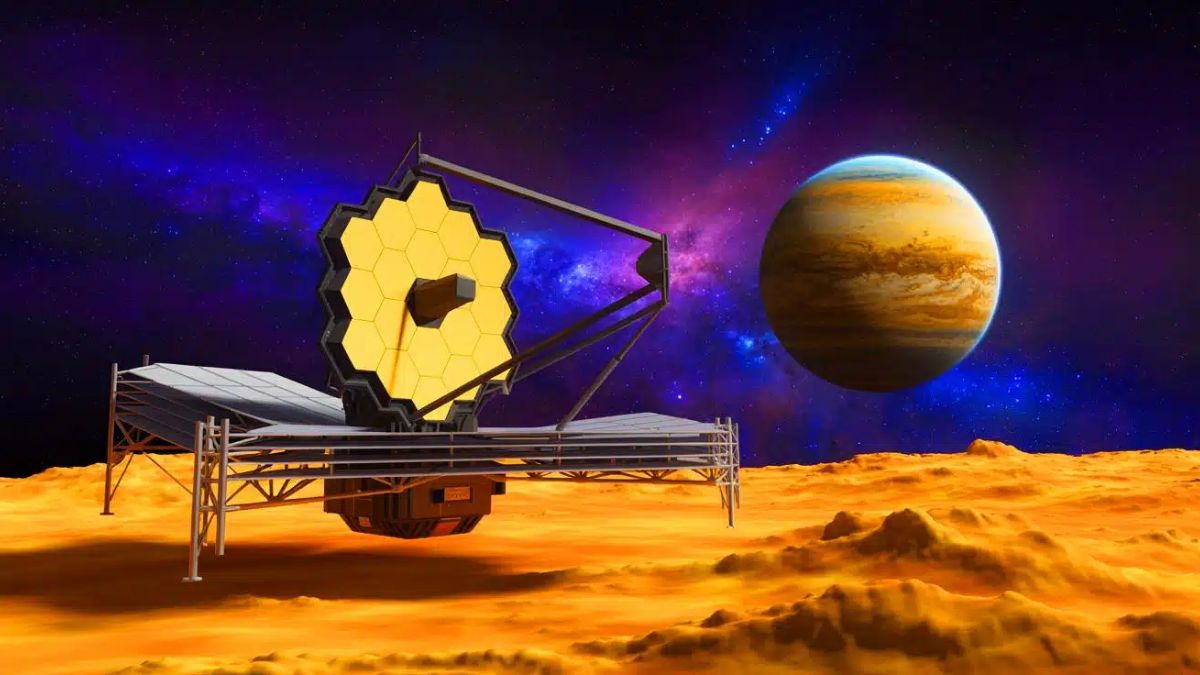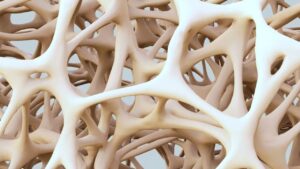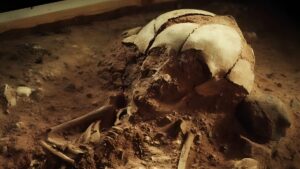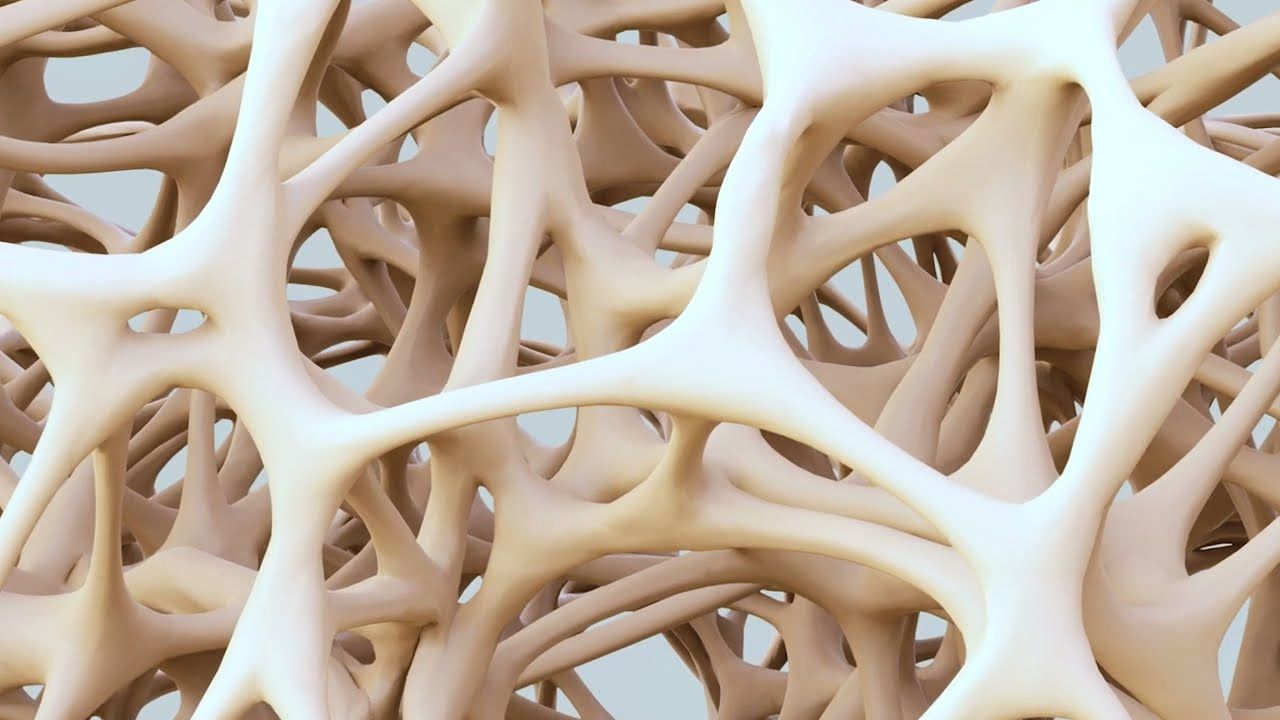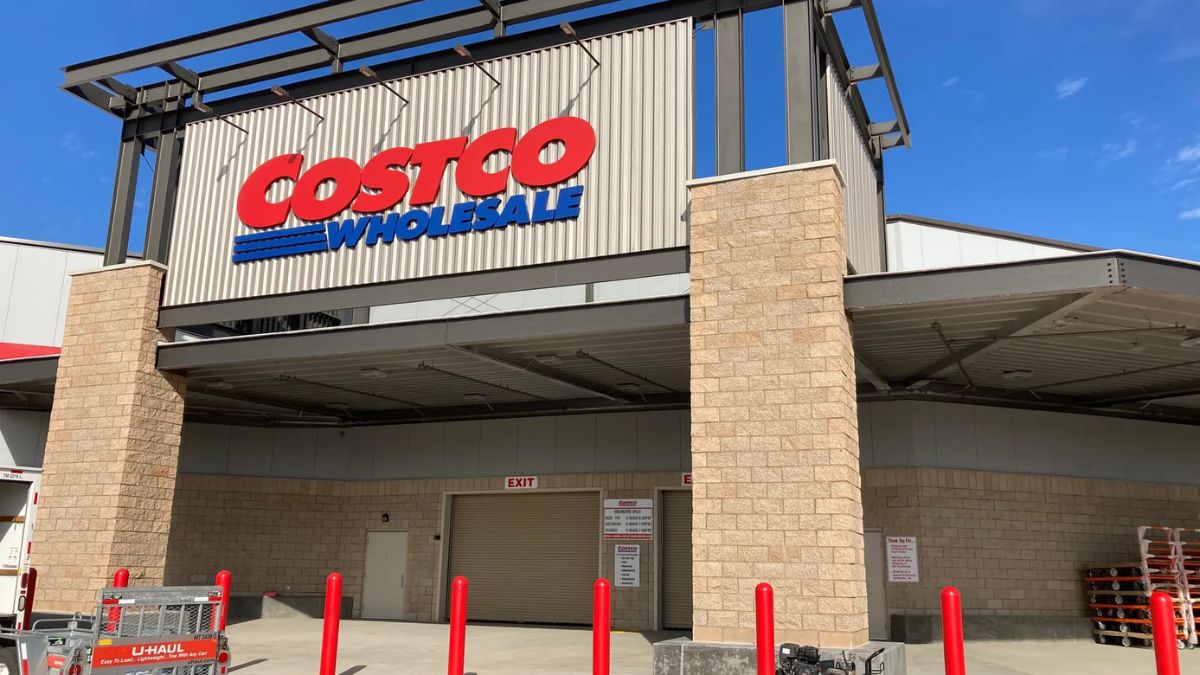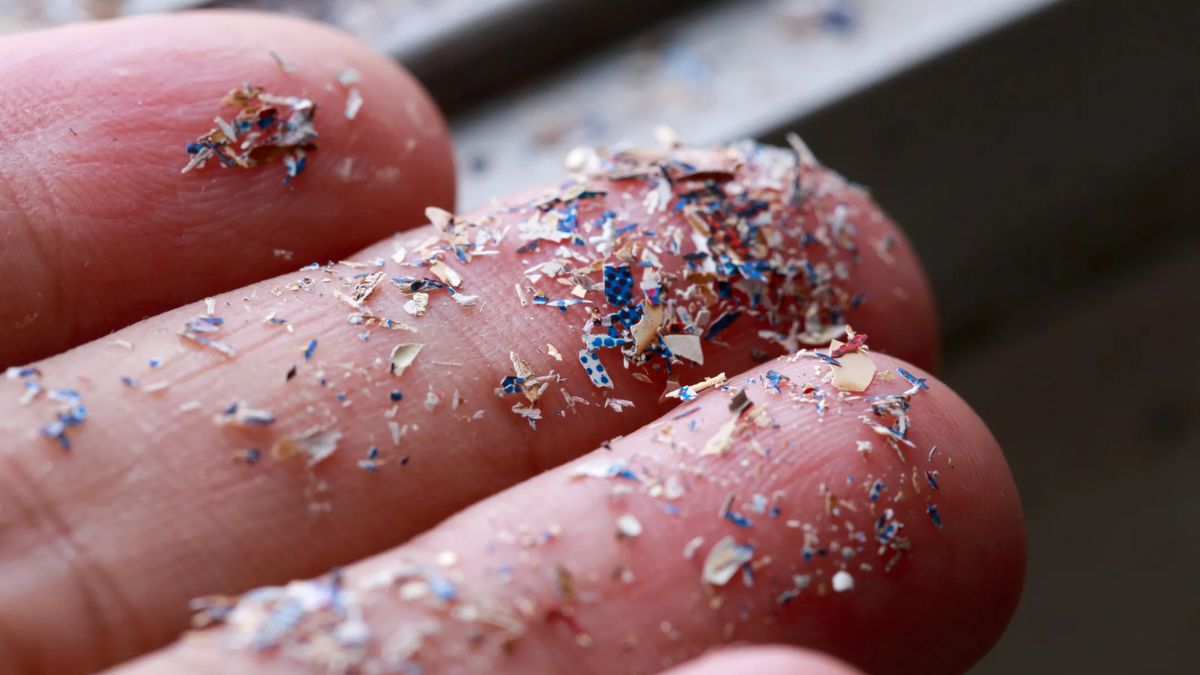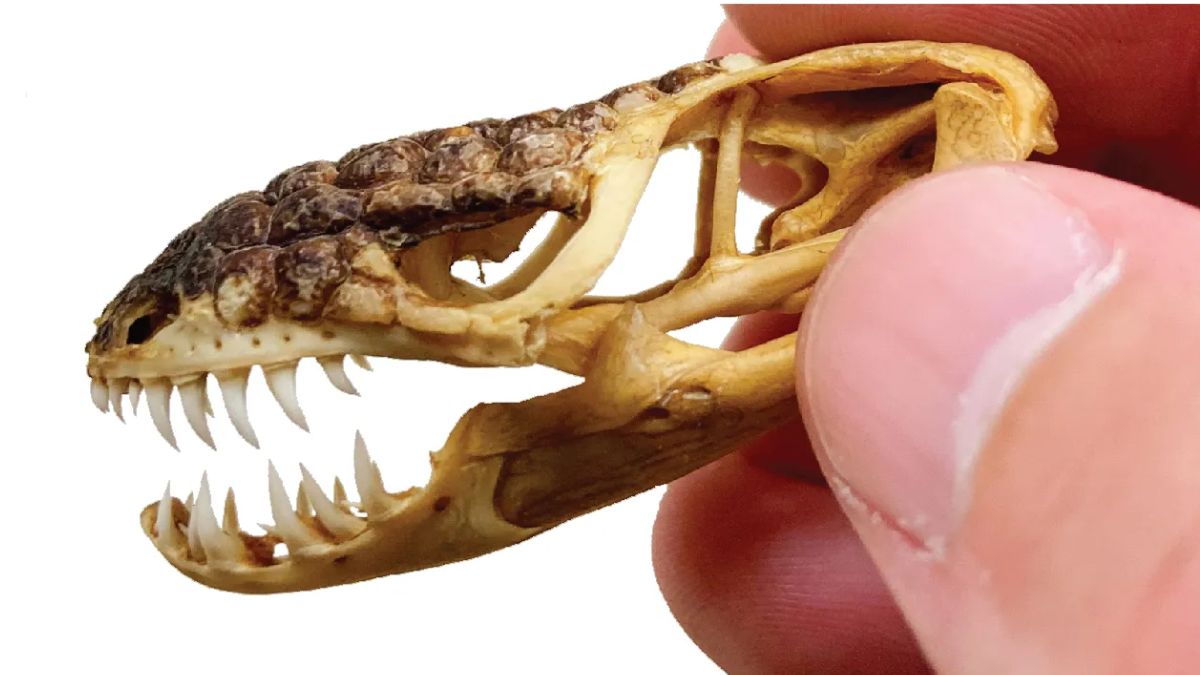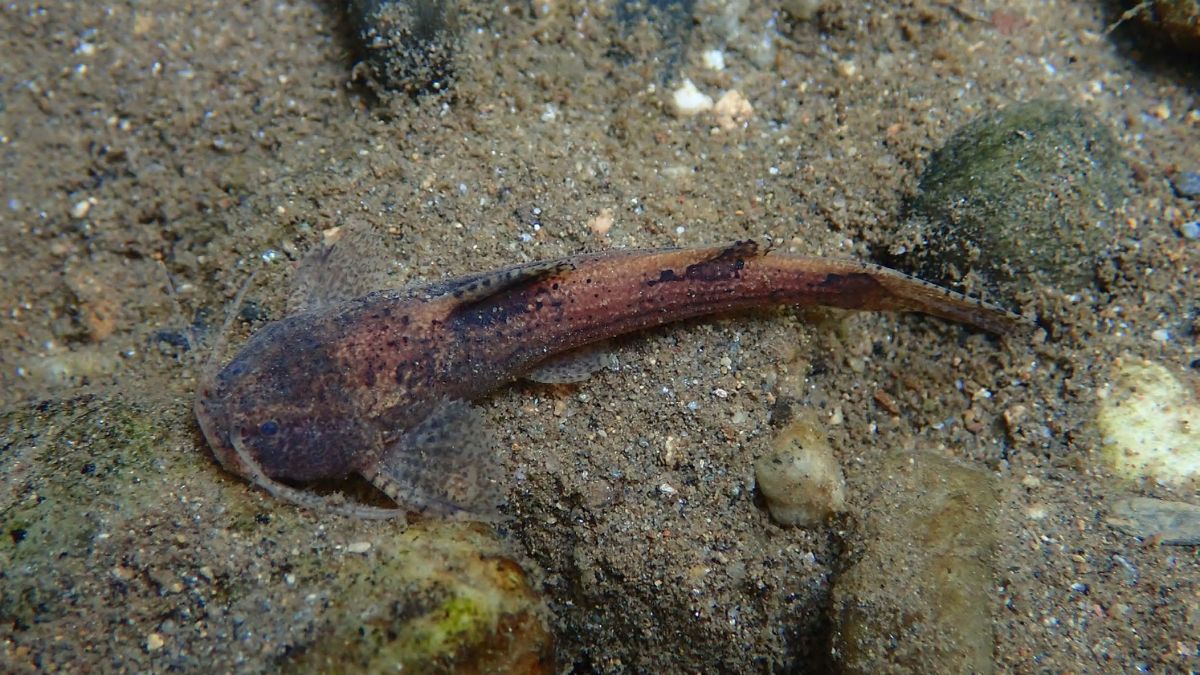Just when scientists thought they had figured out how planets are formed, NASA’s James Webb Space Telescope threw a curveball into the mix. A recent discovery has revealed a “planet factory” far older than anyone expected—challenging long-held theories about how long protoplanetary disks last and when planets actually form.
Could this be a sign that the universe is more generous with planet-making time than we thought? Let’s unpack the story.
Discovery
NASA’s latest finding involves a star named J0446B that’s surrounded by a protoplanetary disk—basically a giant cloud of dust and gas. What’s shocking is not that the disk exists, but how old it is.
This disk is around 30 million years old. That’s triple the age scientists previously believed such disks could last. For decades, astronomers thought these planet-forming materials disappeared after about 10 million years, burned away by the radiation of the young star they surround.
But here we are, staring at a cosmic structure that has survived much longer, still full of raw ingredients to make planets.
Protoplanets
Not sure what a protoplanetary disk is? No worries—think of it like a baby blanket wrapped around a newborn star. It’s made of dust and gas, and over time, the particles start clumping together. These clumps grow and form planets, moons, and even asteroids.
So in a way, these disks are like nurseries—or more accurately, “planet factories”—where the building blocks of new solar systems are shaped and molded over millions of years.
Longevity
Here’s where things get interesting. The common belief was that the radiation from a star would blow away this gas and dust in under 10 million years. But J0446B’s disk is still very much alive at 30 million years.
That’s not just unusual—it changes everything. It means that planets may have more time to form than we thought. Maybe in other parts of the universe, new worlds are taking their sweet time being born.
Location
So where is this ancient disk located? Surprisingly close—only 267 light years away from Earth. That’s just around the corner in cosmic terms.
The central star, J0446B, is actually quite small compared to our Sun. But despite its size, it’s holding on to a disk that’s still rich in planet-making material. This has led scientists to wonder: could other small stars also have long-lasting disks we haven’t noticed yet?
TRAPPIST
This discovery also sheds light on other systems like TRAPPIST-1. Located just 40 light years away, this system has seven planets, three of which orbit in the “habitable zone”—the sweet spot where liquid water could exist.
The slower formation of celestial bodies in J0446B could mirror how the TRAPPIST-1 system formed. So, maybe those planets didn’t pop up quickly either. Instead, they may have taken their time, just like what we see with this new “planet factory.”
Galaxies
Interestingly, this isn’t the only place scientists are spotting extended planet-building. In the Small Magellanic Cloud—a nearby dwarf galaxy—researchers found stars aged between 20 and 30 million years still surrounded by protoplanetary disks.
And here’s the twist: this galaxy doesn’t have many heavy elements like Earth does. So the fact that planet formation might still happen there raises even more questions. Can planets form in places with fewer resources? Maybe the universe is more flexible than we thought.
Impact
This discovery is more than just a cool fact—it could reshape our entire understanding of how solar systems evolve.
If protoplanetary disks last longer, that means the process of forming planets is not as rushed as once believed. This also boosts the chances of planets forming in different environments and increases the possibilities of finding life elsewhere in the universe.
We’re now looking at a bigger, slower, and perhaps more inclusive version of how celestial bodies come to be. One that leaves room for more variety, more time, and more possibilities.
Future
So, what’s next? This opens up new questions. How many other old planet-forming disks are out there? Could they host newly forming Earth-like planets? Are some of them already home to life?
We may not have the answers yet, but with the James Webb Space Telescope on the job, more surprising discoveries are surely on the way.
FAQs
How old is the new planet-forming disk?
It’s about 30 million years old.
What is a protoplanetary disk?
A disk of gas and dust that forms planets.
Where is the star J0446B?
267 light years away from Earth.
Why is this discovery important?
It challenges how fast planets form.
What does this mean for life elsewhere?
It boosts chances for more habitable planets.

